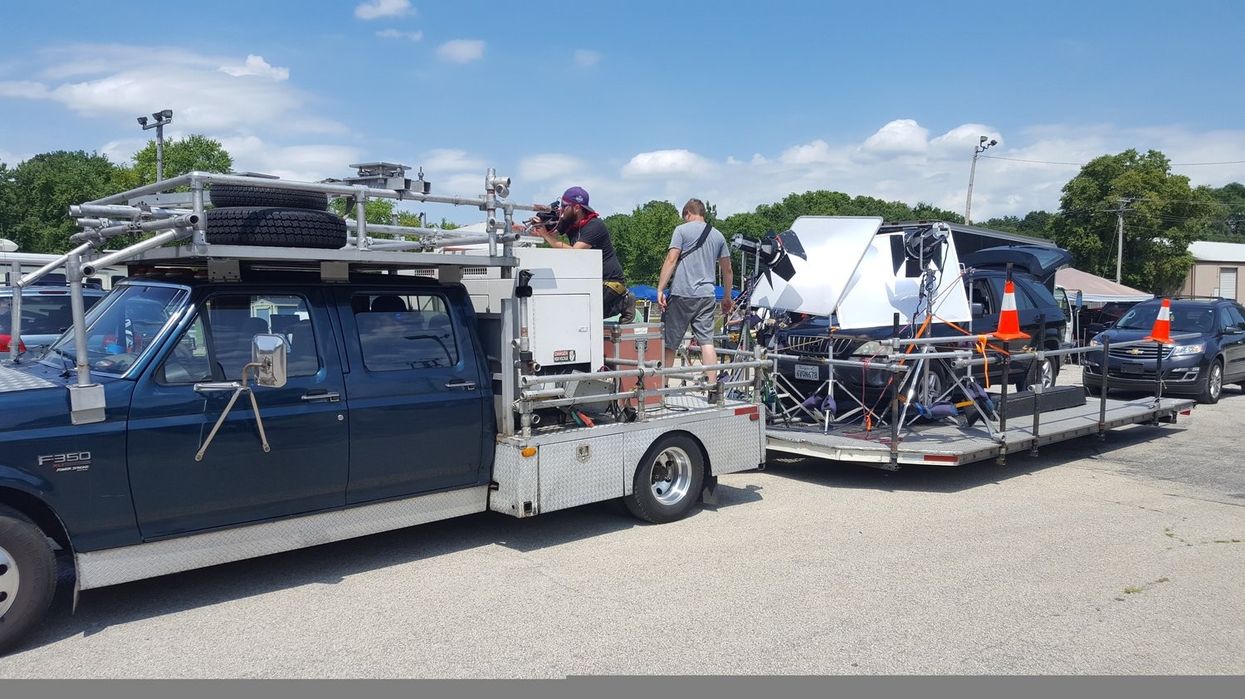How to Make a 'Poor Man's Process Trailer' to Shoot Moving Car Scenes
Shooting car scenes can get really expensive (especially when that car is moving), but here's how to do it if you're on a budget.

Shooting in a moving car gets very expensive. You need to rent a process trailer, grab a crew, clear permits with police officers, and run the picture car over and over until you get the takes you like. That doesn't account for traffic, gasoline, and intangibles like sirens, honking, and flubbed lines.
Okay, so in knowing all that, how do you shoot car scenes on a budget?
The simple answer is: strategy.
Check out this video from Mark Bone and let's talk after the jump.
How to Make a 'Poor Man's Process Trailer' to Shoot Car Scenes
Here at No Film School, we pride ourselves on finding budget-friendly workarounds for the everyday problems you find on most indie sets. That's why I love the video above so much. It gave me the perfect perspective for how you can shoot a car scene that looks professional and real while working with a limited crew behind the scenes, under conditions you control, without spending in excess.
So how do you make a fake process that looks real?
First, you want to grab a projector and a screen.
You want to lean on quality here. Don't cheap out. Get something that gives you high definition and your background will look better. Spend big and return it next week. We've all done that. Just don't break it while you're on set and you'll be okay.
Once you have that all set up, go out and shoot your own background plate. Use the camera you're going to shoot the scene with to do the plate. Gather footage that matches the time of day you need. (That should be self-explanatory but you never know.)
Get more footage than you think you'll need. If the scene is 5 minutes, get an hour of footage. Have a ton so it doesn't look like its a loop.
Then, get ready to shoot.
When shooting, you want to simulate the light passing by the car.
That means tracking the video you shot and swing the LEDs past the driver so it looks like someone is passing them with headlights. Mimicking this stuff goes a long way in replicating authenticity.
If you shoot the driver with a telephoto lens, then you can partially blur out the background and make it feel more real and natural as well. Avoid direct shots that highlight the footage from the background as well.
Aside from all that, use key lights all over the car.
Light the hands on the steering wheel, hide LEDs in the overhead, and try to use bounces wherever necessary to make the interior come alive.
It helps to match these to the tone and color palette.
In the end, you should have a realistic final product at a fraction of the price.
What's next? Learn film lighting techniques!
Film lighting techniques make your commercial, movie, or TV show look cinematic. It will help your story pop off the screen. We break down every major technique.
So keep reading...












